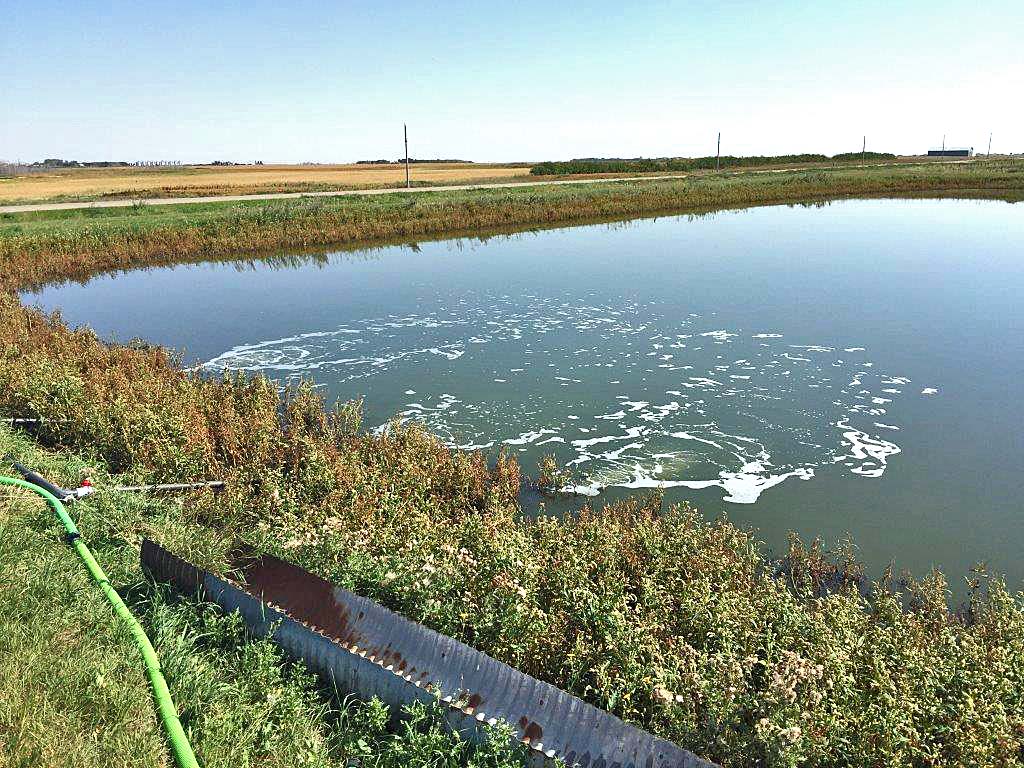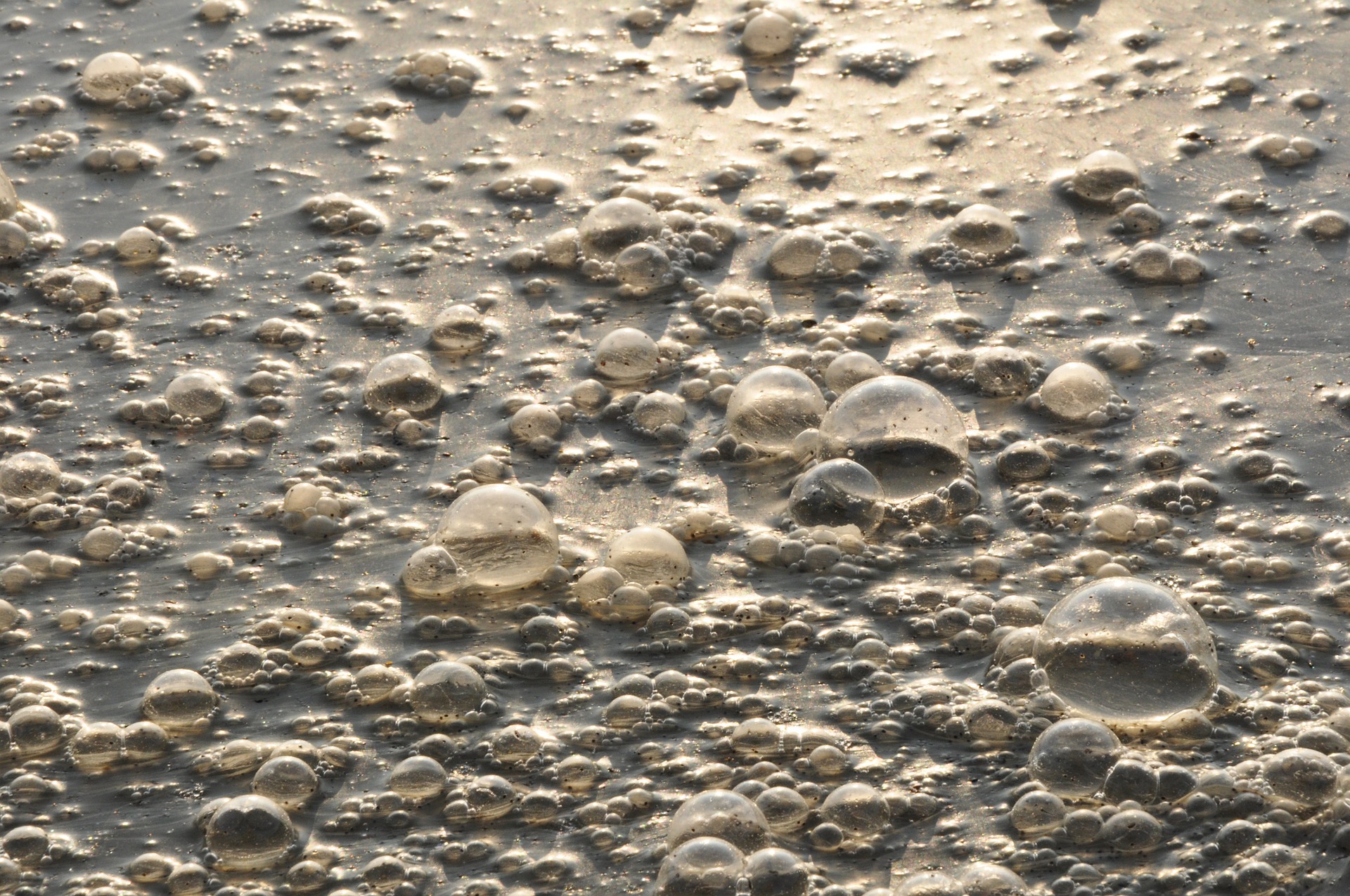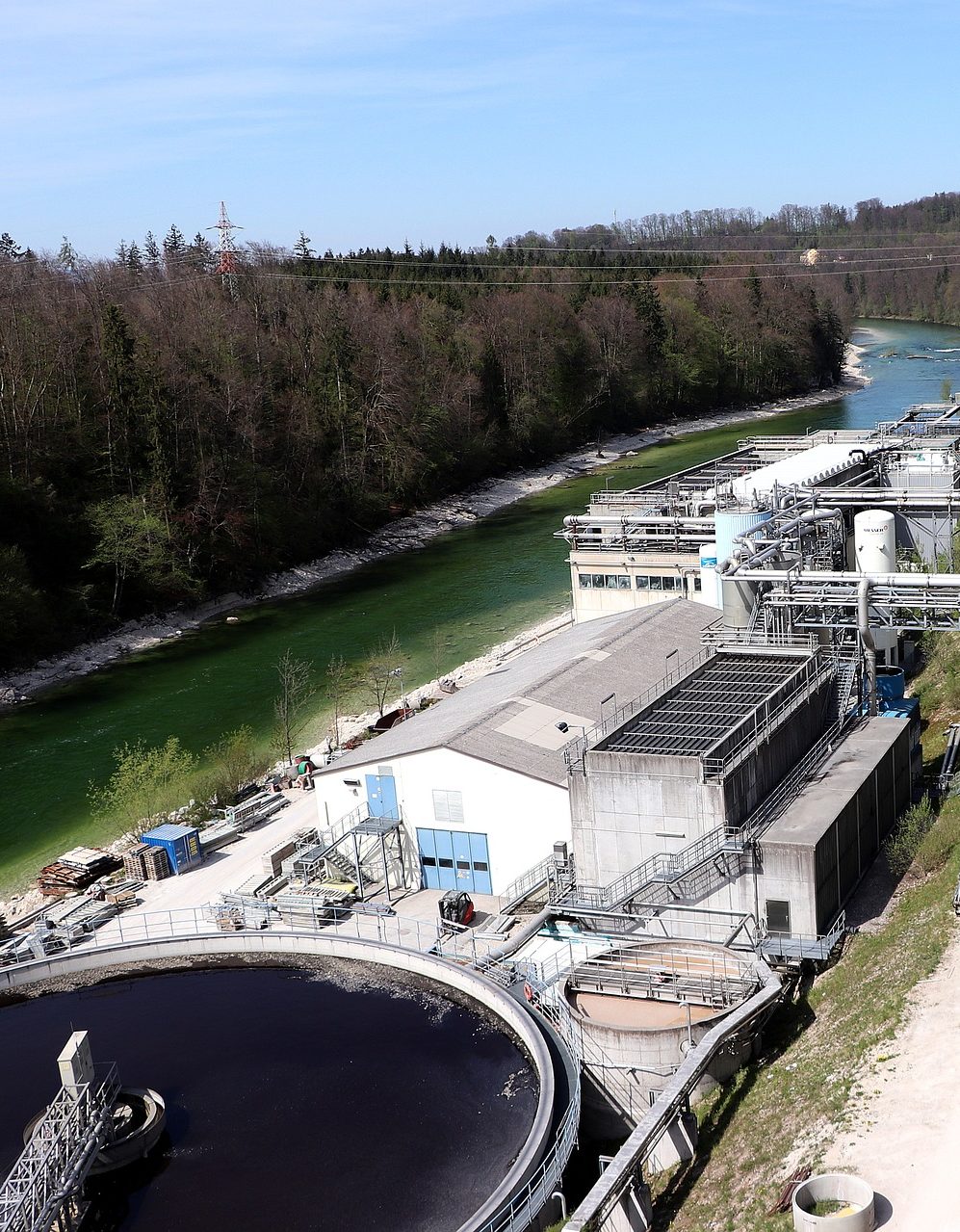Municipal Waste Water Treatment
Why is Oxygenation necessary?
Municipal wastewater is the most significant source of pollution discharged into surface waters in the world with most plants in dire need of upgrades to keep up with the growing waste volumes. SuperOx demonstrations and studies have proven that the long-lasting high levels of the proprietary molecular dissolved oxygen (MDO) supplied to sewage treatment ponds and facilities outperforms, by far, conventional methods and at less cost and time. Locations can be kept in compliance without the need for expensive blowers; sludge volumes are significantly reduced by the unprecedented level of waste microbial activity around the clock, and odors are eliminated.
Additional controlled pilot studies are being scheduled which will be reviewed by the Texas Commission for Environmental Quality (TCEQ) and the EPA. Wastewater treatment is a top priority, as this industry is where most of the SuperOx experience lies. Many other wastewater streams, such as frack water, hydrocarbon contaminants, chemicals, etc, are actively being pursued for treatment testing as well.
A controlled engineering study can be provided on request.

Key reasons why SuperOx is a game-changing solution for municipal wastewater treatment include:
Superior method
MDO sinks to the bottom of a typical treatment pond or lagoon where it can actively treat the waste in the form of sludge in an unprecedented fashion.
Environmentally friendly
MDO will eliminate blowers, thus virtually eliminating noise and will dramatically reduce operating costs. SuperOx technology significantly improves the Carbon and Greenhouse Gas (GHG) foot print and eliminates odor.
Reduces required capital
The SuperOx process will be a game-changer for new wastewater plant design and required expansion at existing sites by dramatically reducing construction costs.
speeds up the process
The aerobic degradation afforded by SuperOx on a 24 – 7 basis is 5 to 8 times faster than anaerobic degradation from lack of oxygen.
The future of municipal wastewater treatment with SuperOx is further explained below with highlights from two controlled studies
During a controlled pilot study conducted in Lampman, Saskatchewan, just prior to employing the SuperOx equipment on the site, there was no report of any wildlife on the pond, which was out of compliance.
The intent and purpose of the study was to clearly demonstrate the SuperOx system would allow for the municipality to continuously discharge within compliance at any time.
Before & After
After the 14-day trial period there were several species of ducks and coots reported on the pond (and muskrat), clearly indicating that the high levels of MDO present at the bottom of the pond were stimulating microbial activity at levels not seen at the location.


During a study on an activated sewage treatment plant near Houston, DO levels remained substantially higher for a sustained period of time when the blowers were turned off, with aerobic function being maintained. Residual solids in the basin dropped after use of Super0x unit and measured energy usage was reduced by 60% when the aeration blowers were turned off and the SuperOx unit was operated independently.
In addition to municipal wastewater treatment,numerous other industries, including food processing, the beverage industry, pulp and paper mills, oil and gas drilling, ( i.e. frac water) and petroleum refineries all have wastewater containment locations, usually located onsite. SuperOx is the solution to the vast majority of these problem sites.Most of them share a common problem with getting rid of the problem – the lack of adequate levels of dissolved oxygen necessary to create an atmosphere that would allow proper biodegradation to allow for discharge within compliance guidelines. These industries, and many more, would benefit in many ways by incorporating SuperOx into the waste stream where it is needed. The methodology for treating other waste streams with SuperOx would be generally the same as explained above for municipal wastewater.


